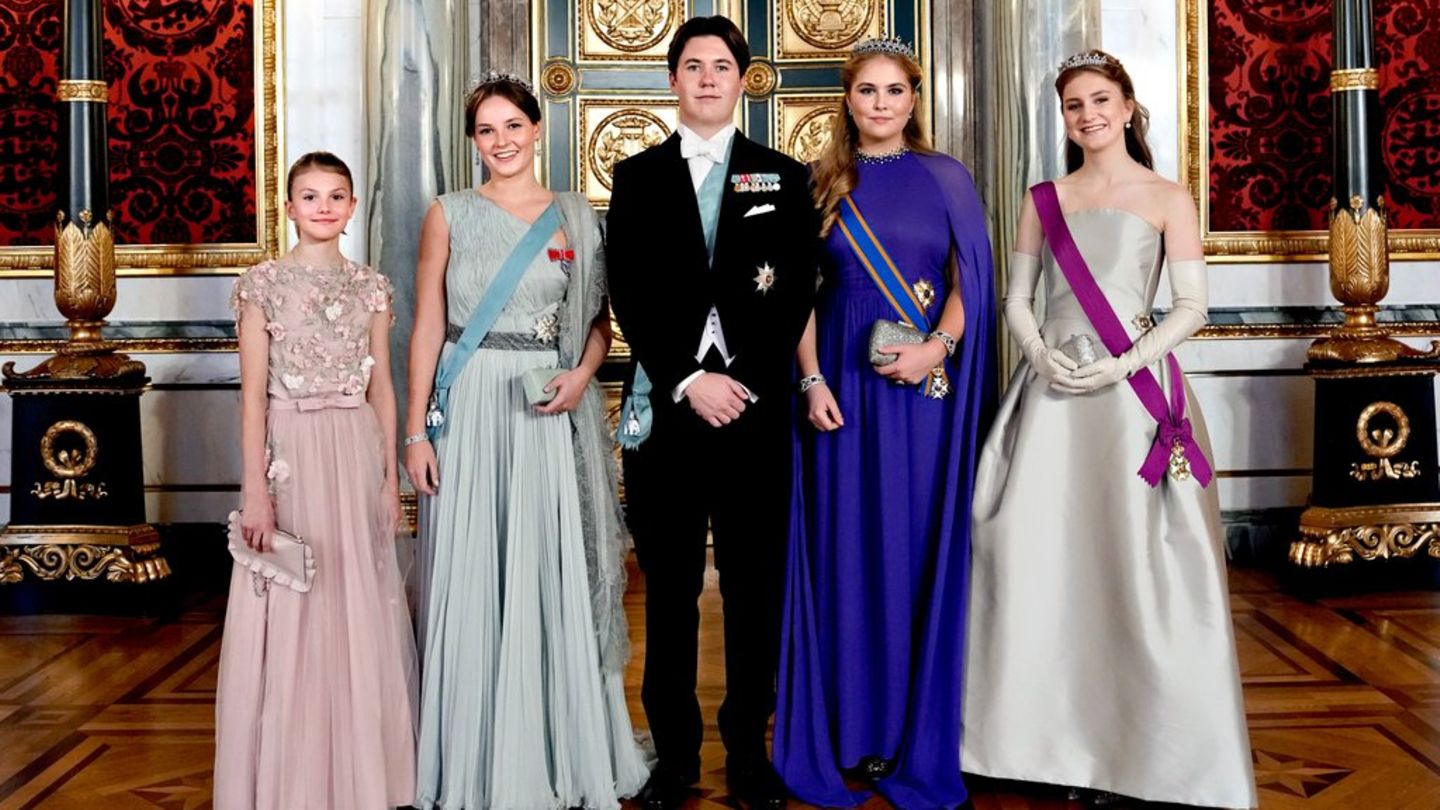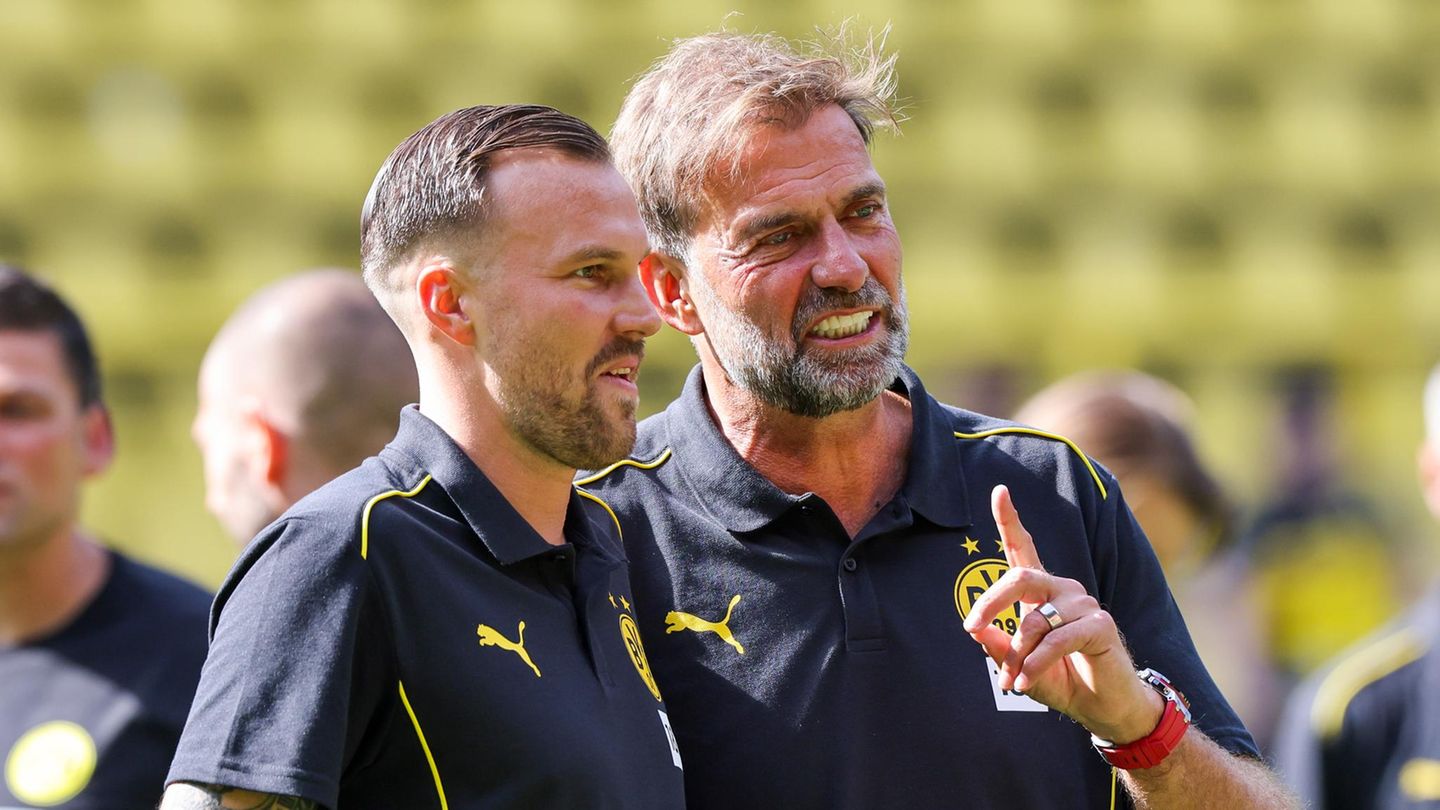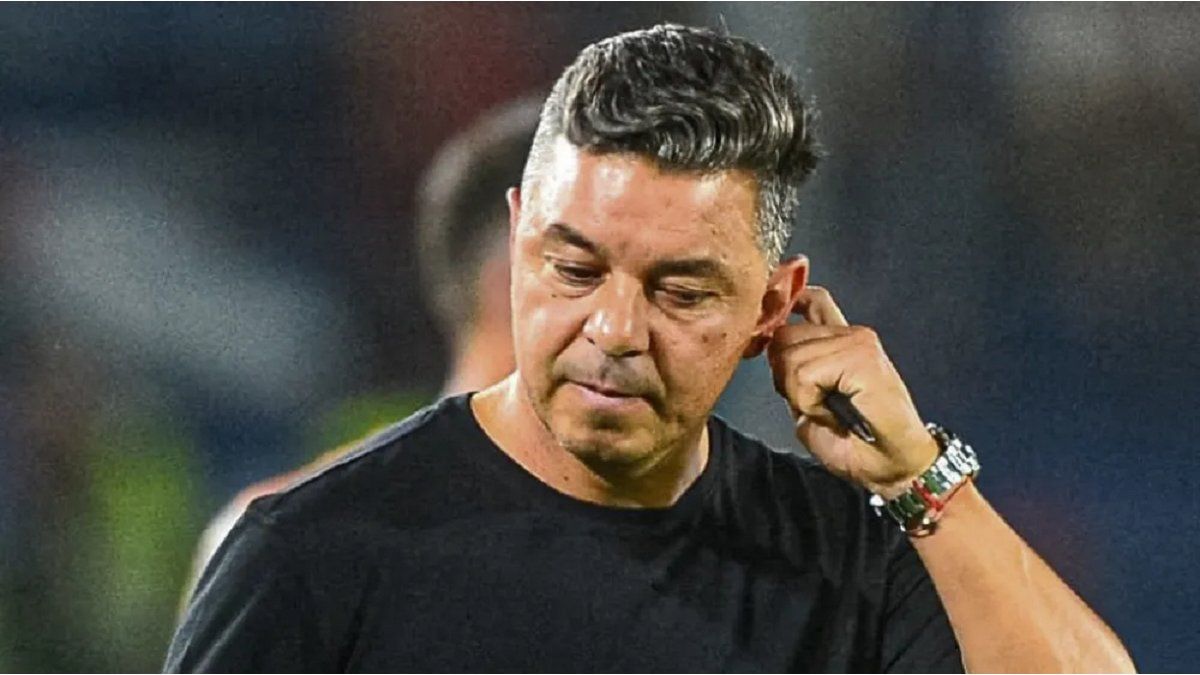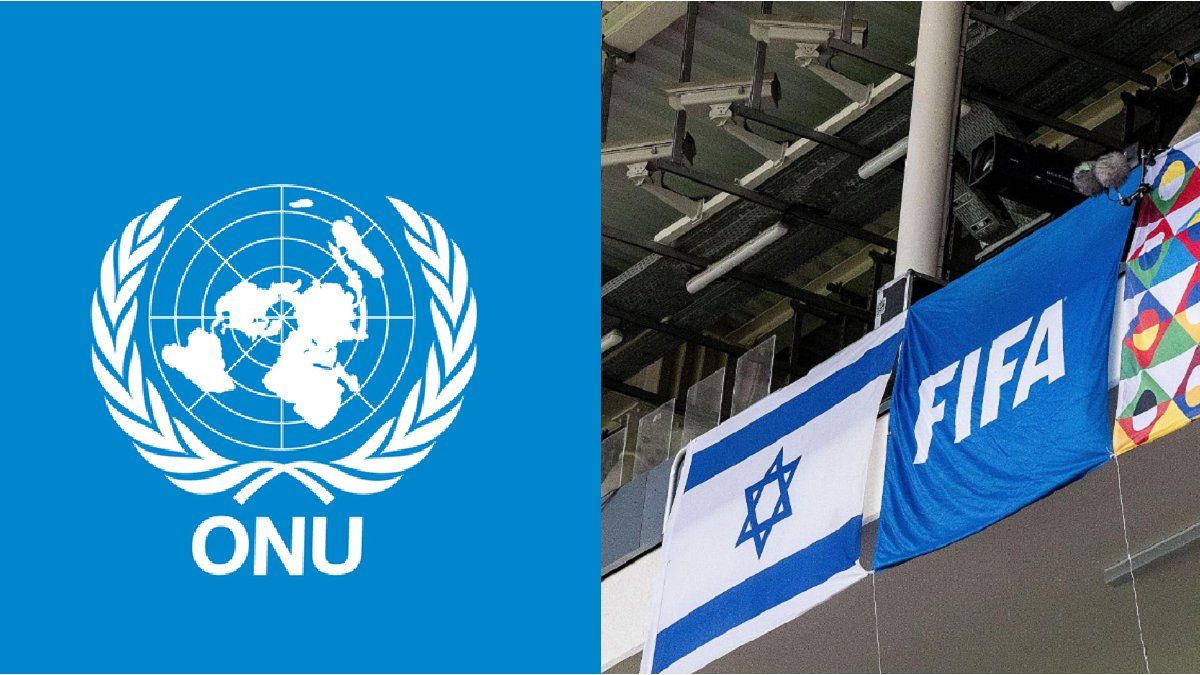When the throne is waiting
How to grow up today’s royals
Copy the current link
Add to the memorial list
Today’s young royals do not struggle with their fate. Expert Julia Melchior reveals the secret of happy royal children.
A generation of young royals conquers Europe’s throne halls – confident, well prepared and surprisingly relaxed. Whether Crown Prince Christian von Denmark (19), Princess Ingrid Alexandra von Norway (21), Princess Estelle of Sweden (13) or Leonor of Spain (19), Elisabeth of Belgium (23) and Amalia of the Netherlands (21): They all seem to accept their future office without struggling with it. In an interview with Spot on News on the occasion of her new TV documentary “Royal Family – Holland’s royal siblings” (12th August, 8:15 p.m., ZDF and Mediathek), Königshaus expert Julia Melchior is revealing what the secret recipe is for this new serenity and therefore happy royal children.
In their new documentation, they present the three Dutch royal daughters. In particular, it is about Amalia. What distinguishes the crown princess most from her father, King Willem-Alexander?
Julia Melchior: Amalia does not struggle with her fate – at least nothing is known about it. This actually applies to all European heir to the throne in Amalia’s generation. For example, if you look at Leonor of Spain with which naturalness and a matter of course you are talking or completes her three -year military training. This generation of parents has better prepared the royal children for their role than the generation before. Willem-Alexander has been very difficult for a long time with his destiny, Amalia accepted it much earlier.
What did Willem-Alexander from the Netherlands, Frederik von Denmark, Haakon of Norway and her wives do differently than Beatrix, Margrethe, Harald and Co.?
Melchior: You have sealed the children much more in childhood. For this reason, one could not have made a comprehensive film about Amalia a year or two ago. Willem-Alexander and his two brothers were expected to participate much more with the public. They were made obliged earlier. Today’s Dutch royal couple also works more Nine to Five than Beatrix and Claus. Willem-Alexander and Máxima pay attention to their work-life balance and therefore have more time for the family.
What role do consultants and coaches play in royal children’s education today?
Melchior: Of course the daughters had a first -class nanny. But coaching is also an important topic. Amalia used psychological care as a teen. She spoke openly about that. That will certainly have been the case when she was so unhappy because of the threat from the Dutch mafia and the consequences for her life. The three girls grew up in a more contemporary manner, especially when it comes to mental health. Máxima, especially since the suicide of her younger sister in Inés Zorreguieta, has dealt with this in 2018. Amalia, Alexia and Ariane are psychologically supported due to their exposed position in times of internet hate comments.
Help with depression and thoughts of suicide offers telephone counseling at the free number: 0800/111 0 111
Amalia’s sister Princess Alexia is the reserve like Prince Harry for his brother William. And at the latest since Harry’s book, this has been a particularly negative term. What does the Dutch royal family do so that Alexia does not become an unfortunate and dissatisfied Harry?
Melchior: You take the generation of Willem-Alexander’s brothers as a model and give Alexia and Ariane freedom of developing themselves and their talents freely. They encourage young women to go their own way and make themselves independent of the royal family – but they are also expected. Financially you cannot expect anything from the royal family. The Dutch would not accept that. In the UK, things were lived differently for a very long time – the family members should be in the service of the royal family. Prince Claus has already encouraged his younger sons, Friso and Constantijn, to make something out of their lives. On the one hand, because he was dissatisfied with his own situation, on the other hand because the Dutch royal family was already under cost pressure in the 1970s and 1980s – unlike Great Britain.
So are the Dutch a role model for other royal houses in dealing with the reserve royals?
Melchior: Definitely. Constantijn and his family – and until his death, of course also friso – support Willem -Alexander in public appearances such as the Royal Day. As a result, many more people have the opportunity to get in touch with members of the royal family. I call them “freelance royals”. They are available if you need them, but as a freelancer you don’t get any money for it. It actually looks like they could enjoy the few moments in the spotlight. They have the best of both worlds: they can live their own lives and represent the crown every now and then.
The youngest of the three girls, Princess Ariane, turned 18 on April 10th. Will we now also find out more about her?
Melchior: I’m also very excited. It is not yet known how things will go on. But her older sisters had done a so -called Gap Year after graduating from high school and explored the world for a year, enjoying freedom and orienting itself. You will also have the possibility, I think. But in general they are still sealed off so that you don’t know.
Why does it not necessarily feel as if the royal children are “isolated” for the public?
Melchior: The Dutch royal family organizes this regular annual photo term, which give you the feeling that they are present and you saw the three daughters growing up – but in truth you have not experienced anything. Alexia also only knows that she is studying in London. They make that very skillfully.
Spotonnews
Source: Stern
I am an author and journalist who has worked in the entertainment industry for over a decade. I currently work as a news editor at a major news website, and my focus is on covering the latest trends in entertainment. I also write occasional pieces for other outlets, and have authored two books about the entertainment industry.




